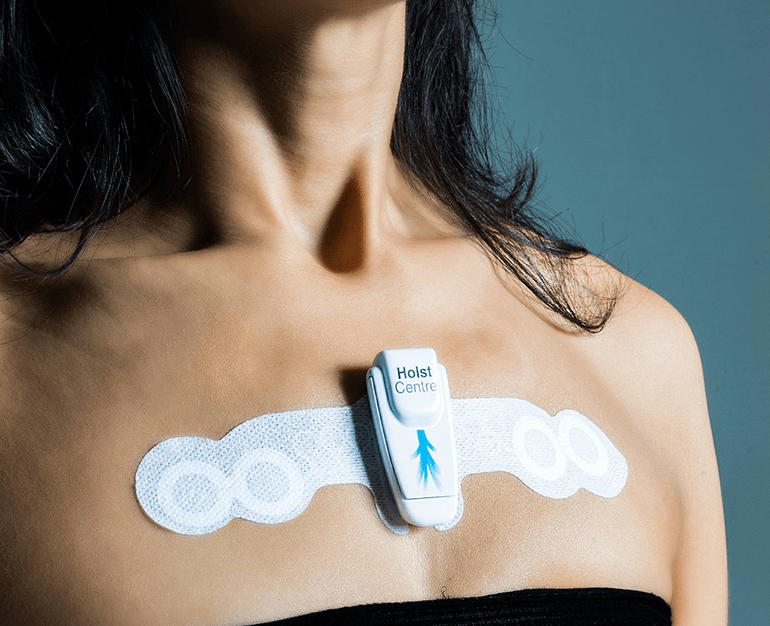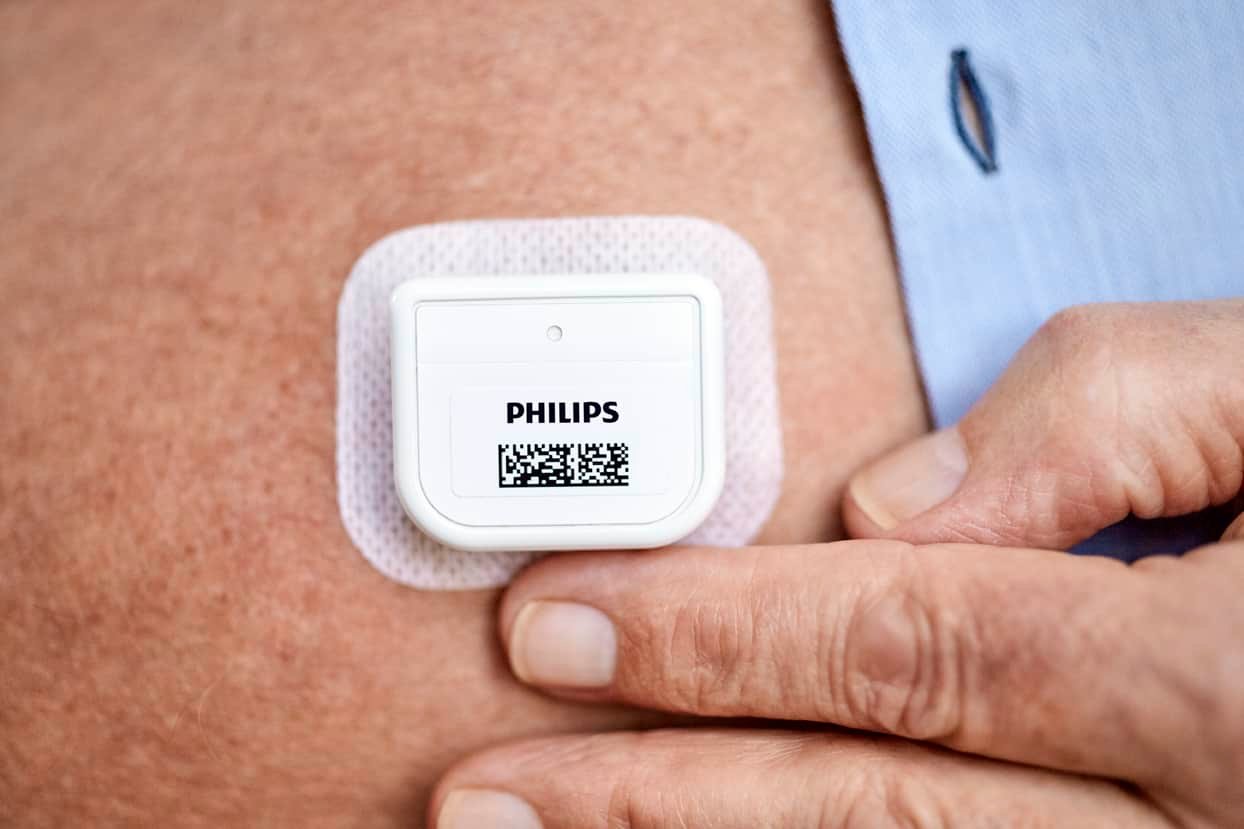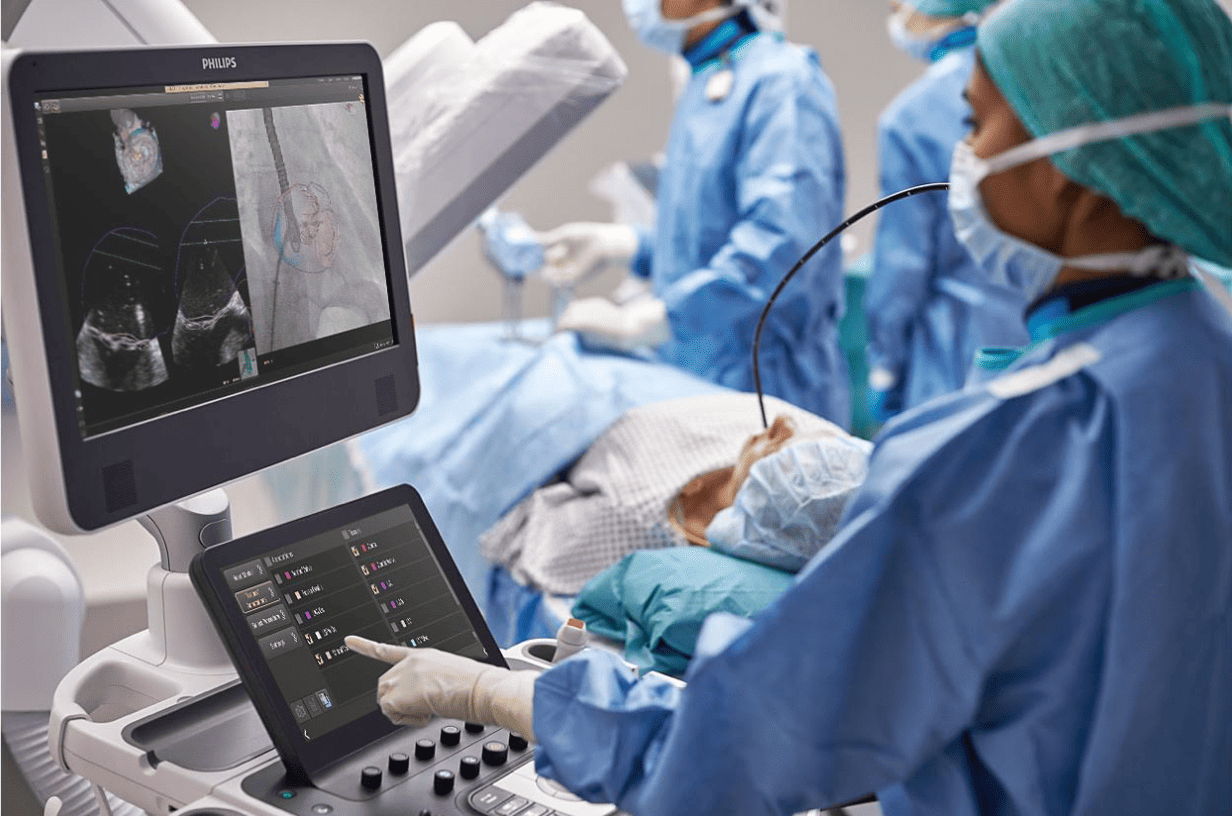
Groningen’s Martini Hospital, an innovative top clinical hospital with a specialized cardiac rhythm center, will use a new service to diagnose patients with a possible cardiac arrhythmia. This uses Philips’ ePatch, combined with the AI-based Cardiologs analytics platform. The solution has already proven valuable to the cardiology team at Martini Hospital, which used it to identify cardiac arrhythmias in multiple patients.
- The small ePatch can offer patients greater comfort and help improve the diagnosis of cardiac arrhythmias.
- A Holter monitor measures patients’ heart rhythm based on electrical activity.
- The introduction of the ePatch builds on successful use in the US.
These arrhythmias have been noted due to the longer monitoring time, as traditional testing methods such as conventional Holter monitors or resting ECG tests have limited monitoring time. The new approach provides cardiology and neurology teams with a solution that offers improved capabilities for detecting and diagnosing atrial fibrillation, a common and potentially life-threatening cardiac arrhythmia.
In the Netherlands, 373,700 people know they have atrial fibrillation, according to the Hartstichting. In addition, it is estimated that 80,000 people with atrial fibrillation do not yet know. The condition significantly increases the risk of stroke, dementia, and heart failure, but often goes undetected because it can be asymptomatic and infrequent. To find the cause, patients are often referred to a family physician or cardiologist who makes the diagnosis by electrocardiogram (ECG).

The ePatch can replace conventional Holter sensors that can be inconvenient for patients to wear, labor-intensive for caregivers, and provide limited monitoring time. Continuous recording over an extended period of time, based on the ePatch, provides more data and comprehensive insights into patient health.
On the chest
The sensor can come in off-the-shelf kits and is applied to the patient’s chest (sternum) by a cardiologist or nurse during a hospital visit. The sensor records and stores data from the patient’s heart both day and night for several days up to a maximum period of 14 days. The data is then retrieved and analyzed by software using artificial intelligence. This software automatically looks for irregularities that may indicate cardiac arrhythmias and immediately translates them into a draft report.
Previously, patients used a conventional Holter monitor where up to ten ECG electrodes, each with its own cable, were attached to the patient’s chest and linked to a large monitoring device worn on a belt. This could limit patients’ freedom of movement and, therefore, potentially affect diagnostics. Applying the sensor, data analysis and reporting, and cleaning afterward can be labor-intensive and inefficient for healthcare providers. In addition, a Holter monitor is relatively expensive and thus usually has limited availability in hospitals, forcing patients to wait for their tests.
Advanced technology
“The introduction of this innovative program represents an important step forward in detecting and treating cardiac arrhythmias,” said Dr. Robert Tieleman, cardiologist at Martini Hospital. “With user-friendly and advanced technology, this program improves our ability to monitor and support cardiac and stroke patients. The longer monitoring period and the monitoring data with less noise during movement improve the detection of possible arrhythmias. This is very important for the individual treatment of patients, as we can ultimately improve medical outcomes and quality of life.”
“With the ePatch’s ability to follow patients longer, we have a greater chance of finding an arrhythmia,” said Alexandra Bevers, cardiac function laboratory technician and Holter analyst at Martini Hospital. “Because the ePatch is one device that stays securely on the patient’s chest, compared to a traditional Holter monitor with seven electrodes, it results in less noise and a more reliable recording of data that allows Holter analysts like me to evaluate data faster and give cardiologists the information they need for diagnosis.”
Workload
In addition to improving patient experience and diagnoses, Martini Hospital’s cardiology department aims to use this program to ease the growing workload on staff while reducing costs significantly.







